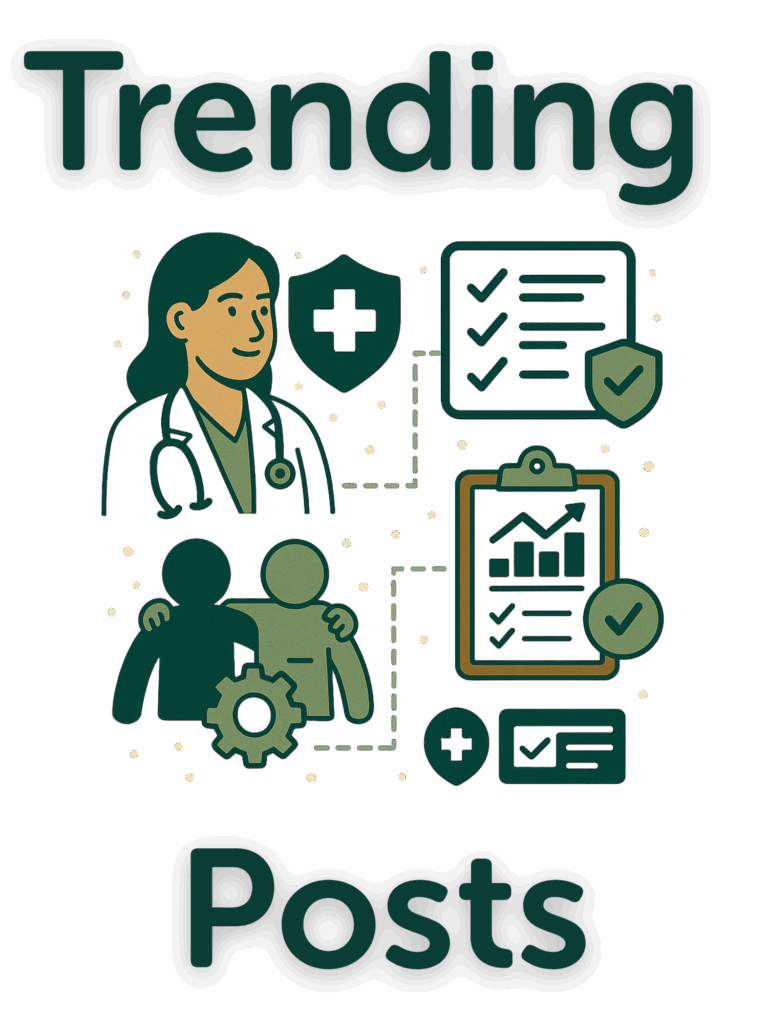
Revised February 2023
Emergency Preparedness Requirements for Medicare and Medicaid
Participating Providers and Suppliers Final Rule
(Check out our latest update on emergency preparedness, based on the 2019 final rule.)
The motto of the Boy Scouts is Be Prepared. As of 2016, that motto applies to healthcare emergency preparedness, too.
Hurricanes Katrina and Sandy wreaked havoc on infrastructure and access to healthcare. In response, the Centers for Medicare and Medicaid (CMS) published a final rule providing new federal emergency preparedness requirements.
In 2020, the healthcare system relied on this rule to put emergency response teams in place to address lack of staffing and overflow of COVID patients.
This rule impacts seventeen different types of Medicare participating providers and suppliers. It requires adequate planning and the establishment of a more consistent response by providers and suppliers.
Related: Check out my article about proactive decision making for healthcare organizations.
Under this CMS rule, you must develop and maintain an “Emergency Preparedness Program.” This program needs to contain four core elements:
- Emergency Plan: Develop an emergency plan, updated every two years, that is based on certain risk assessments and utilizes an “all hazards approach.” The emergency plan must also include strategies for addressing emergency events identified by the risk assessment, factor in patient population and capabilities to serve, and include a process for cooperation with local, tribal, regional, State, and Federal emergency preparedness officials.
- Communication Plan: Develop a communication plan, updated every two years, that complies with Federal, State, and local laws and includes, among other items, the names and contact information for Federal, State, tribal, regional, and local emergency preparedness staff. It must also include methods for sharing medical and other information.
- Policies and Procedures: You must also develop policies and procedures based on the emergency plan, the risk assessment, and communication plan. The policies and procedures must be reviewed and updated every two years and address, among other items, subsistence needs for staff and patients (e.g., food, water, medical supplies), a system for tracking the location of on-duty staff and sheltered patients, emergency staffing strategies, and arrangements to transfer patients.
- Training and Testing Program. Develop and maintain a training and testing program based on the emergency plan, the risk assessment, the communication plan, and the policies and procedures. The training program requirements address topics such as who needs to be trained, the frequency of training, assessing knowledge, and documenting the training conducted. The testing requirements address topics such as conducting full scale exercises, conducting additional testing, and the format of each testing type.
The exact CMS emergency preparedness program requirements will vary based on the characteristics of each provider and supplier type. For example, there are additional requirements pertaining to emergency systems applicable to Hospitals, Long-Term Care Facilities, and Critical Access Hospitals.
This regulation went into effect back on November 16, 2016, with participating providers and suppliers required to implement their respective regulations by November 16, 2017.
The seventeen provider and supplier types include:
- Hospitals
- Religious Nonmedical Health Care Institutions (RNHCIs)
- Ambulatory Surgical Centers (ASCs)
- Hospices
- Psychiatric Residential Treatment Facilities (PRTFs)
- All-Inclusive Care for the Elderly (PACE)
- Transplant Centers
- Long-Term Care (LTC) Facilities
- Intermediate Care Facilities for Individuals with Intellectual Disabilities (ICF/IID)
- Home Health Agencies (HHAs)
- Comprehensive Outpatient Rehabilitation Facilities (CORFs)
- Critical Access Hospitals (CAHs)
- Clinics, Rehabilitation Agencies, and Public Health Agencies as Providers of Outpatient Physical Therapy and Speech-Language Pathology Services
- Community Mental Health Centers (CMHCs)
- Organ Procurement Organizations (OPOs)
- Rural Health Clinics (RHCs) and Federally Qualified Health Centers (FQHCs)
- End-Stage Renal Disease (ESRD) Facilities
These providers and suppliers may want to include a thoughtful assessment of their emergency preparedness plan in their 2023 workplan.
Click here to learn more about how Compliance professionals are pivoting and preparing for the end of the end of the public health emergency.
Being prepared – whether for the next emergency or for the next regulatory change – is a goal for all compliance professionals seeking to reduce risk and help improve patient care. A proactive approach to regulatory change management can help mitigate risk in your organization. Find out how YouCompli can help you strengthen your regulatory change management approach.
Take Free RL3M Assessment (Regulatory Lifecycle Management Maturity Model)
Download our Latest Whitepaper


- One Compliance Pro’s Regulatory Change Management Process
- Five ways to show how healthcare Compliance delivers value
- 12 key metrics for compliance officers looking to…
- Revenue Cycle Management Compliance: Ensuring…
- Transforming Compliance to a Department of Yes
- Three Strategies to Align Compliance with Revenue Cycle
- Navigating Compliance Responsibility: A Foundation…
- How the Three Lines Model Strengthens Healthcare Compliance
- Elevate Healthcare Quality Training: Focus, Not Filler
- Mitigating Conflicts of Interest that Drive Profit…

